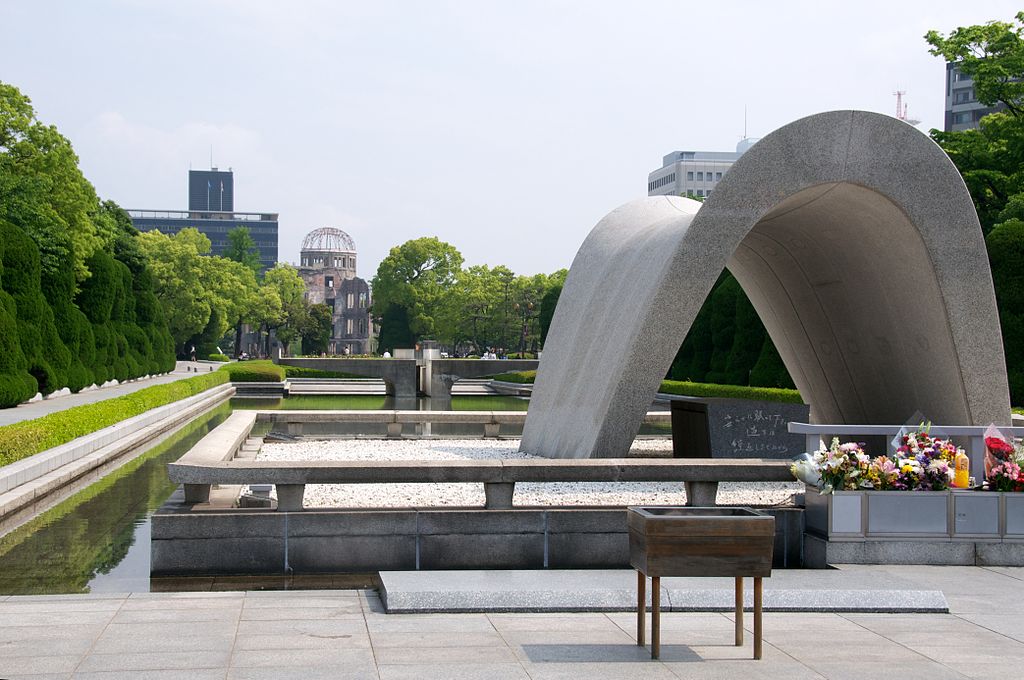Mar 26, 2024
Where to Learn About the Hiroshima Bombing
Hiroshima is probably the place more associated with bombing than anywhere else in the world due to the 1945 atomic attacks that destroyed large parts of the city center and left over 200,000 dead. Today, it’s a growing and thriving prefecture that has emerged from the shadows of this tragedy, harnessing a reputation for many positive things. But although the city has rebuilt itself as one of Japan’s most promising hubs of modernity, it is also keen not to forget those events of nearly 80 years ago. Some of the most heavily bombed areas have been preserved as a stark reminder of the terrible loss of human life. Those visiting or moving to Hiroshima have ample opportunity to learn all about the tragedy and pay their respects. Here are some places to visit and things to do.
Peace Memorial Park
The starting point for any foray into Hiroshima’s wartime history, this park spanning 120 square meters in the city’s downtown area commemorates the 1945 bombing and is a fascinating focal point in the city. The park is located in what used to be Hiroshima’s political and economic hub and was purposely created in the years following the bombing. It consists of the A Bomb Dome, essentially the fried-out skeleton of the former Prefectural Industrial Promotion Hall. This eerie monument is now a UNESCO World Heritage Site.
The park also contains the Peace Memorial Museum, two buildings where visitors can learn about the events leading up to the bombing, read personal accounts of residents and survey belongings of those killed. The museum opened in 1955 and the newer East Wing focuses on Hiroshima’s history before World War II.
Perhaps most harrowing is the park’s Cenotaph to A Bomb Victims that contains the names of the more than 220,000 victims who succumbed to either the blast itself or radiation in the following years. The park hosts a memorial ceremony on the 6th of August each year, the anniversary of the bombing.
Website: Peace Memorial Park
Elementary School Peace Museums
Close to the Peace Memorial Park, you can find two museums set in elementary schools that were both within 500 meters of the blast on August 6, 1945. Honkawa Elementary School and Fukuro-machi Elementary School were both open when the bomb exploded and between them lost around 570 pupils and teachers. The school remains became shelters and makeshift hospitals in the following days. Honkawa school survives as a rebuilt facility with a museum in its basement containing what remained of teaching materials and pupils’ belongings. Fukuro-machi closed down but was preserved as a museum space in 2002 after messages written by survivors looking for loved ones were discovered on its walls. Both museums serve as a haunting testament to the effects of the bombing to local communities and everyday life.
Local Tours
One of the best ways to learn about the Hiroshima experiences is through interactive or guided tours. The Peace Memorial Museum has volunteer guides that give tours of up to 90 minutes around the Peace Memorial Park. These are available in English. You can also do a self-guided walking or bicycle tour taking in some of the preserved surviving buildings and monuments. These include the Ujina Army Provisions Depot and the Taisho-ya Rest House.
The Hiroshima Peace Tourism website has information on many of the places to visit in the city regarding the bombing.
BriYYZ from Toronto, Canada, CC BY-SA 2.0, via Wikimedia Commons


About the author